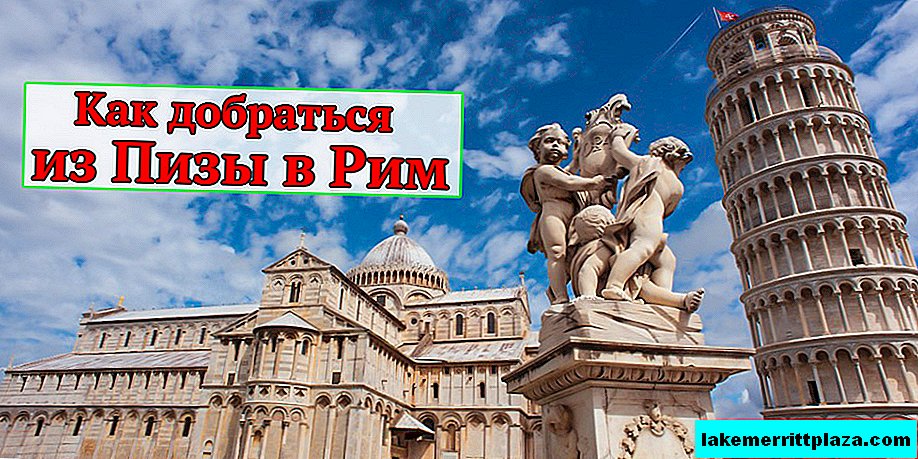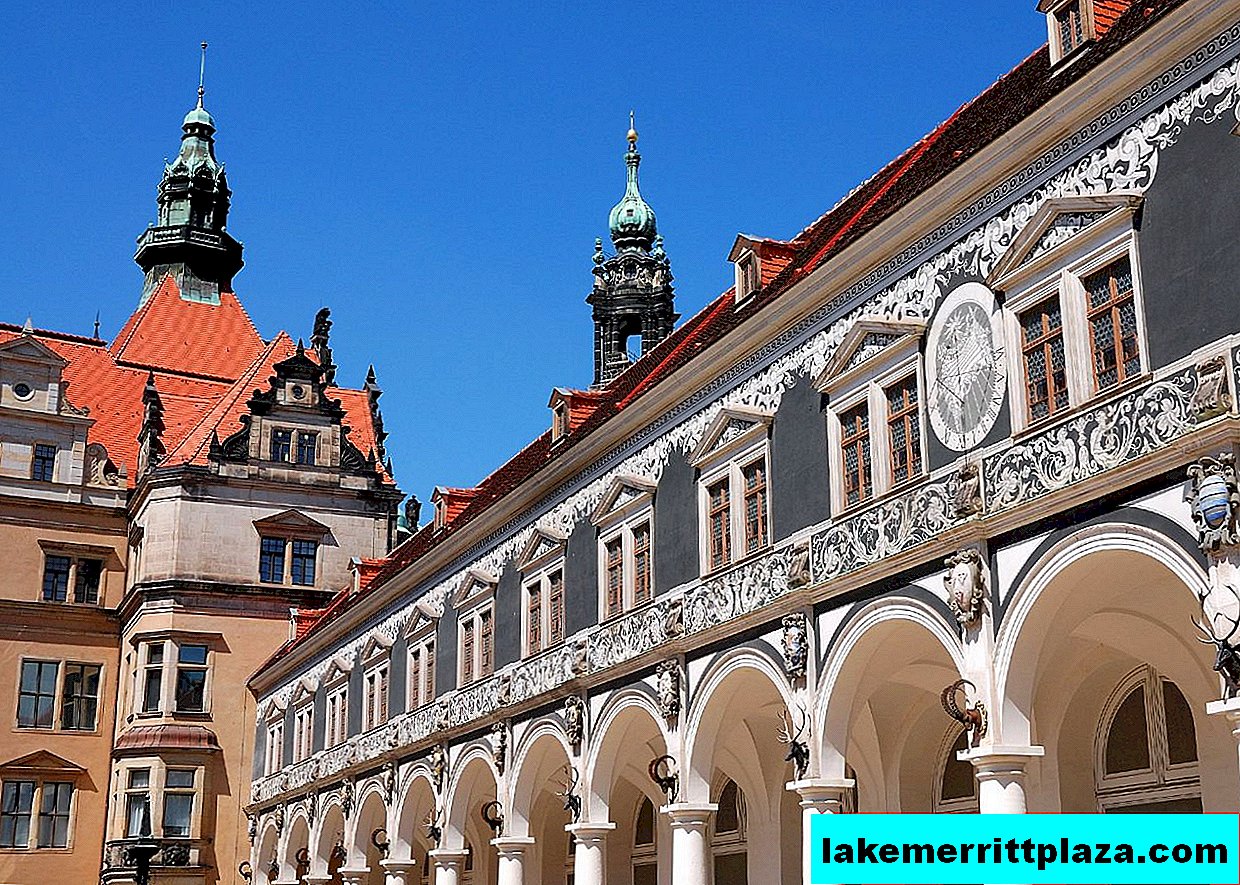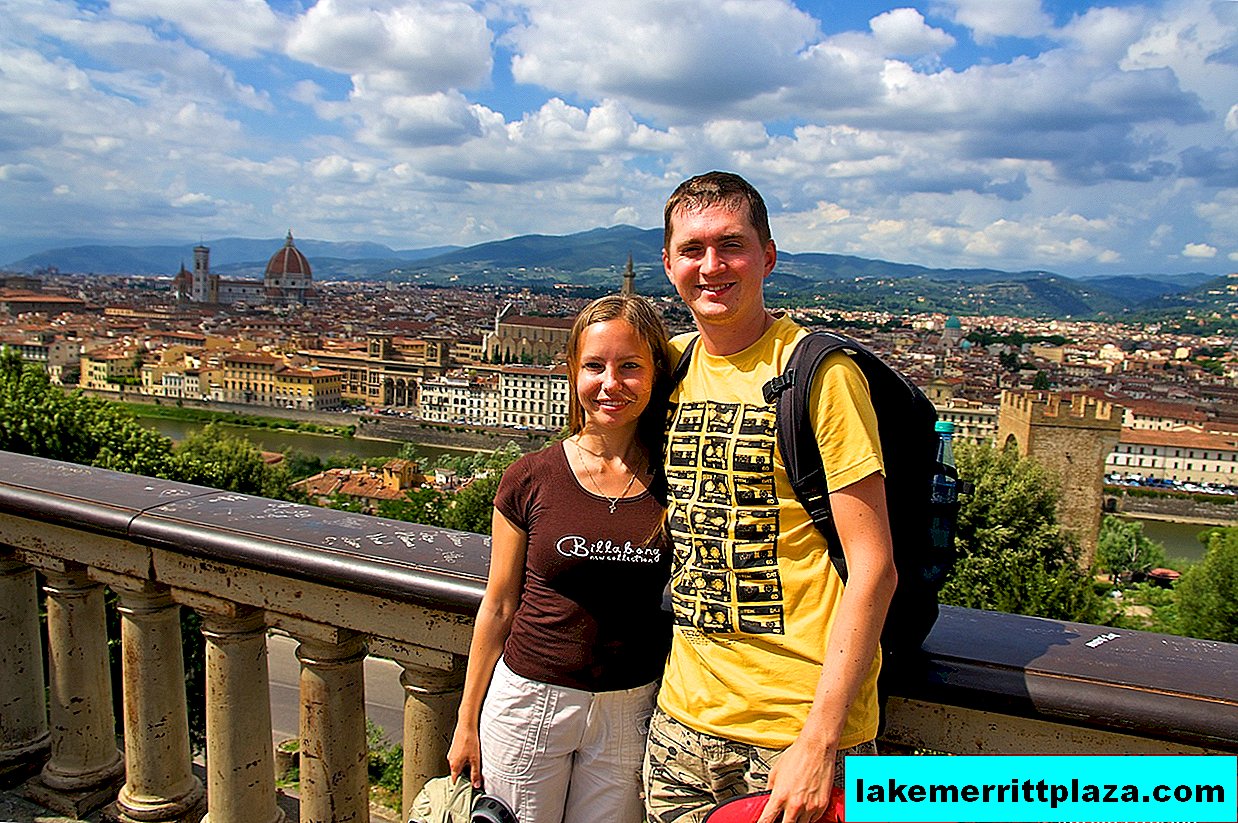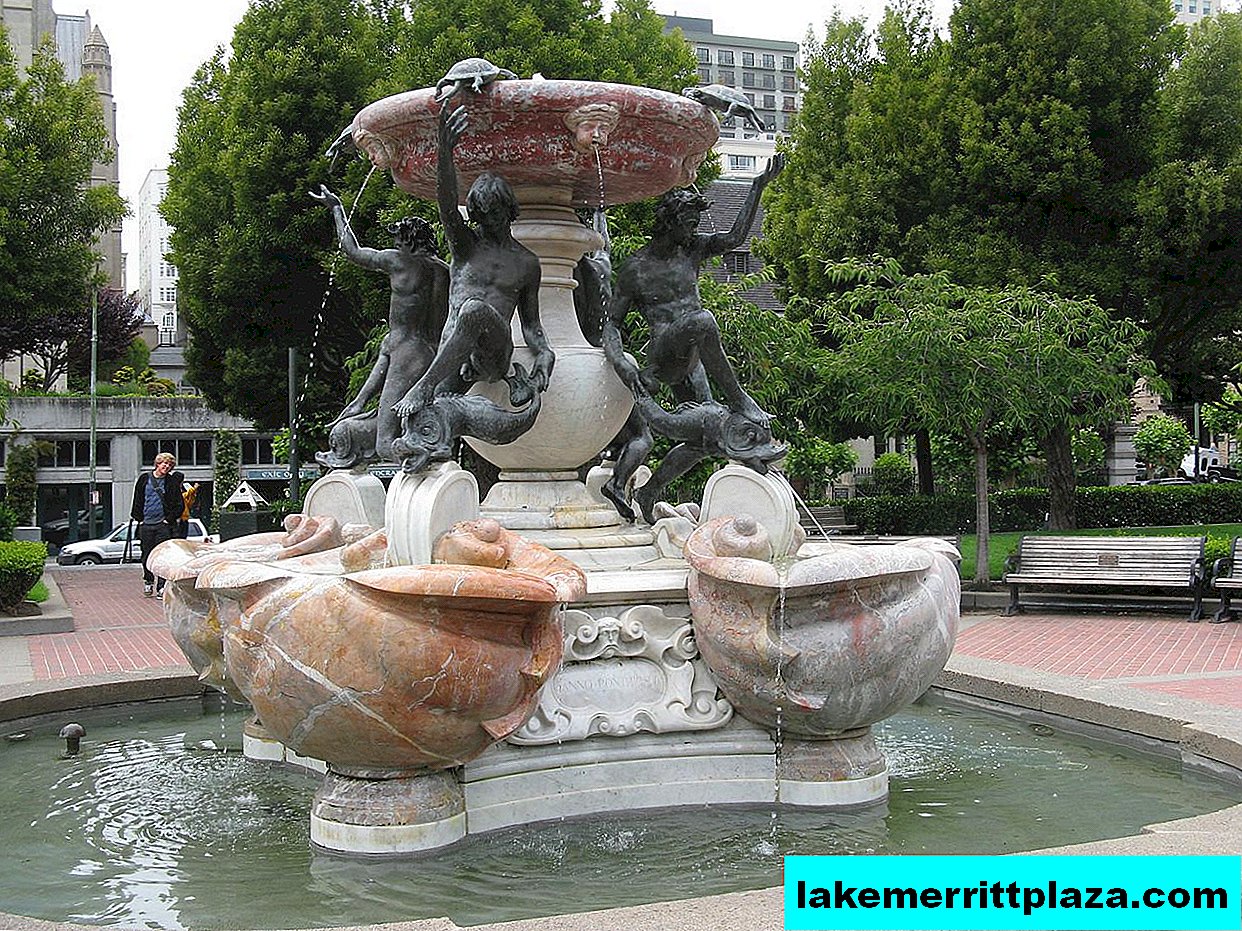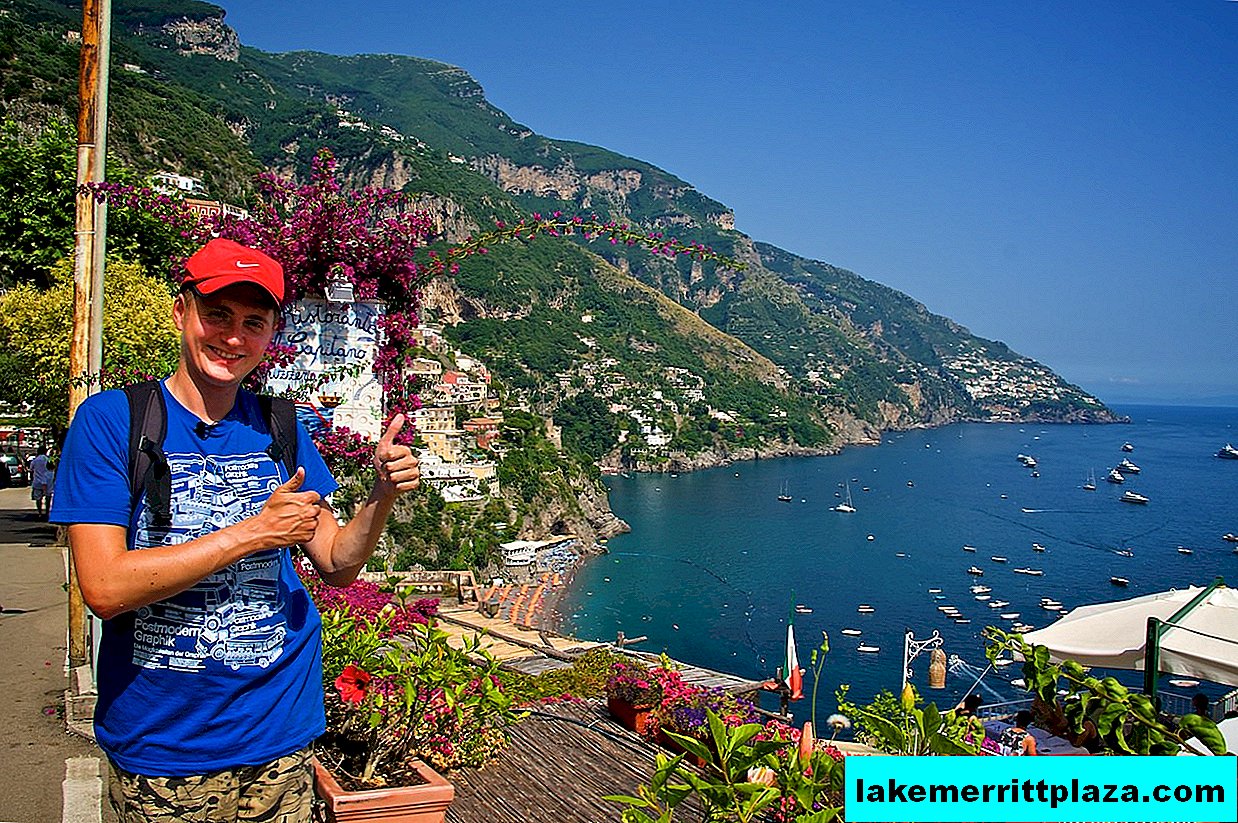The monumental column of Marcus Aurelius is one of the best preserved echoes of ancient Rome in the center of the Italian capital. It was erected at the end of the 2nd century AD to commemorate the emperor’s victories in the Markoman War, and today it adorns the Column Square named after her.
The total height of the column is almost 42 meters, which makes it the highest in Rome, despite the fact that at the end of the 16th century it was noticeably deepened into the ground for stability.
The structure of the column of Marcus Aurelius resembles the earlier column of Trajan, installed on the forum of the same name, however, in this case, the reliefs are worked out deeper, providing bright contrast of images on a sunny day.

Column of Marcus Aurelius in Piazza Colonna in Rome
The key episode in the plot of the column is an event known in the religious community as the "miracle of the rain." According to legend, the most difficult campaigns of Marcus Aurelius were battles with tongues and quads.
After successful victories, the emperor was so inspired that he went on to conquer the lands of the Quads. However, he miscalculated and was surrounded. The incredibly hot summers and lack of access to water made the many thousands of Roman army simply languish from thirst.
Then the emperor decided to call for prayer the whole XII legion. The gods heard a torrential downpour began, and the perked army was able to defeat the enemy.
At the top of the column was originally installed the figure of the victorious emperor, but it was lost and at the end of the 16th century was replaced by a sculpture of the Apostle Paul.
This text about the Column of Marcus Aurelius is one of the 60 points of the audio guide in the center of Rome for the iPhone link released by BlogoItaliano in 2019.
It is not available in the trial free version, but is available in a full audio tour of the most popular itinerary worth 5 Euros. You can learn more about the audio guide and how it can help you save on sightseeing tours in Rome on this page.
Photo by Luchi78

